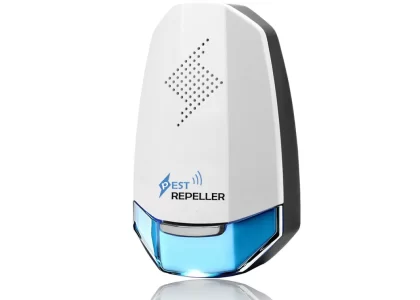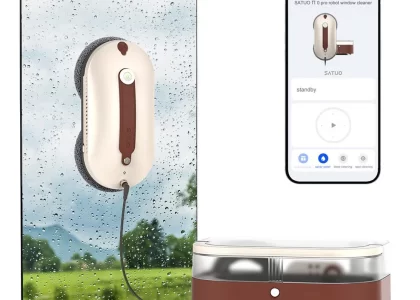 Introduction:
Introduction:
How to clean weighted blanket without washing machine?
When your washing machine’s drum fails to spin, it can be frustrating and disrupt your laundry routine. However, understanding the potential causes and troubleshooting steps can help resolve the issue. In this comprehensive guide, we will explore the common problems that can lead to a washing machine drum not spinning and provide troubleshooting tips to help you identify and rectify the issue. By following these simple steps, you can restore your washing machine’s functionality and ensure clean and fresh laundry.
 Introduction to the Washing Machine Drum Not Spinning
Introduction to the Washing Machine Drum Not Spinning
How to clean weighted blanket without washing machine?
When the drum of a washing machine fails to spin, it often indicates an underlying problem that needs to be addressed.
A. Importance of Drum Spinning: The spinning mechanism is essential for proper washing and efficient water extraction from the laundry.
B. Causes of Drum Not Spinning: Several factors, such as mechanical issues, faulty components, or electrical problems, can contribute to the problem.
Power and Electrical Checks
Before conducting any physical inspection, ensure that the washing machine is receiving power and the electrical components are functioning correctly.
A. Power Supply: Check that the washing machine is properly plugged into a functioning power outlet and the circuit breakers are not tripped.
B. Control Panel Lights: Verify that the control panel lights are functioning, indicating that the machine is receiving power.
 Common types of washing machines:
Common types of washing machines:
There are several types of washing machines available, each with its own features and functionality. Here are some common types of washing machines:
Top-Load Washing Machine:
Top-load washing machines are the traditional and most common type. They have a lid on the top where clothes are loaded and typically feature an agitator in the center that helps to move and clean the clothes. These machines are generally more affordable and have a shorter washing cycle.
Front-Load Washing Machine:
Front-load washing machines have a door on the front through which clothes are loaded. They typically use a tumbling action, along with gravity and gentle water movement, to clean the clothes. Front-load machines are known for their energy efficiency and water-saving capabilities. They usually have larger capacities and offer more advanced features such as steam cleaning and a wider variety of wash cycles.
High-Efficiency (HE) Washing Machine:
HE washing machines are designed to use less water and energy. They are available in both top-load and front-load configurations, and are known for their efficient cleaning while using minimal resources. HE machines often have a special detergent requirement, as regular detergent may produce excessive suds.
Compact Washing Machine:
Compact washing machines are smaller in size, making them suitable for apartments, dorms, or small laundry rooms. They are available in both top-load and front-load variants and offer similar functionalities to standard-sized machines.
Portable Washing Machine:
Portable washing machines are compact and lightweight units that can be easily moved and stored. They typically have a smaller capacity and are ideal for outdoor use, camping trips, or situations where access to a traditional washing machine is limited.
Washer-Dryer Combo:
Washer-dryer combo machines combine the functionalities of a washing machine and a dryer into a single unit. These machines are convenient for smaller spaces where separate washer and dryer units are not feasible. However, they may have smaller capacities and longer drying times compared to stand-alone dryers.
When selecting a washing machine, consider factors such as the available space, capacity, energy efficiency, features, and budget. Each type of washing machine offers different advantages and it’s important to choose the one that best suits your needs and preferences.
Overload Protection
Overloading the washing machine can cause excessive strain on the motor, leading to a non-spinning drum.
A. Reduce the Load: Remove excess laundry from the drum, redistributing the load evenly to balance the weight.
B. Reset the Overload Protection: Some washing machines have built-in overload protection features that automatically stop the drum from spinning to prevent damage. If triggered, allow the machine to rest and cool down before resetting.
Drive Belt Examination
The drive belt is responsible for transferring power from the motor to the drum. A worn or broken drive belt can hinder drum rotation.
A. Visual Inspection: Examine the drive belt for signs of wear, such as fraying, cracking, or misalignment.
B. Tension Adjustment: If the drive belt appears loose, adjust the tension or consider replacing it if it is worn or damaged.
Motor and Drive Motor Issues
Faulty motors or drive mechanisms are common causes of a non-spinning drum in a washing machine.
A. Motor Operation: Check if the motor is receiving power and listen for any unusual sounds or vibrations when the machine is in operation but not spinning.
B. Faulty Drive Motor: If the motor fails to rotate or makes unusual noises, it may be necessary to consult a professional for motor repair or replacement.
Control Board and PCB Problems
Electrical malfunctions in the control board or PCB (Printed Circuit Board) can prevent the drum from spinning.
A. Inspect the Control Board: Visually check the control board for any obvious signs of damage, burnt connections, or blown fuses.
B. Professional Assistance: If issues with the control board or PCB are suspected, it is recommended to seek professional assistance for diagnosis and repair.
Mechanical Blockages
Obstructions within the washing machine can impede drum rotation.
A. Excessive Residue and Debris: Clearance of detergent buildup, lint, or other debris from the drum and surrounding components can help restore smooth rotation.
B. Object Removal: Check for small items or foreign objects, such as coins or buttons, that may have become lodged within the drum or impeller.
 Conclusion
Conclusion
How to clean weighted blanket without washing machine?
When a washing machine drum fails to spin, troubleshooting the problem is crucial for restoring functionality. By checking power supply, inspecting the lid or door interlock, examining the drive belt, addressing motor and control board issues, and removing any mechanical blockages, you can identify and rectify the cause of the problem. Regular maintenance and proper care of your washing machine can prevent future issues and prolong its lifespan. If troubleshooting steps do not yield satisfactory results, it is advisable to consult a professional technician for further diagnosis and repair. With these insights and troubleshooting tips, you can address a non-spinning drum and ensure efficient washing performance for clean and fresh laundry.






